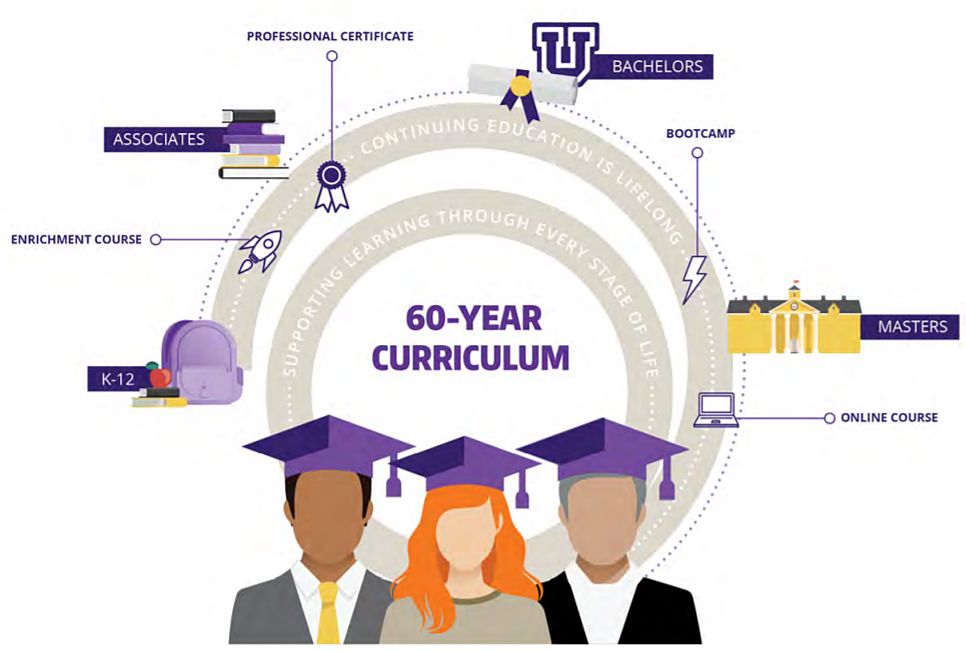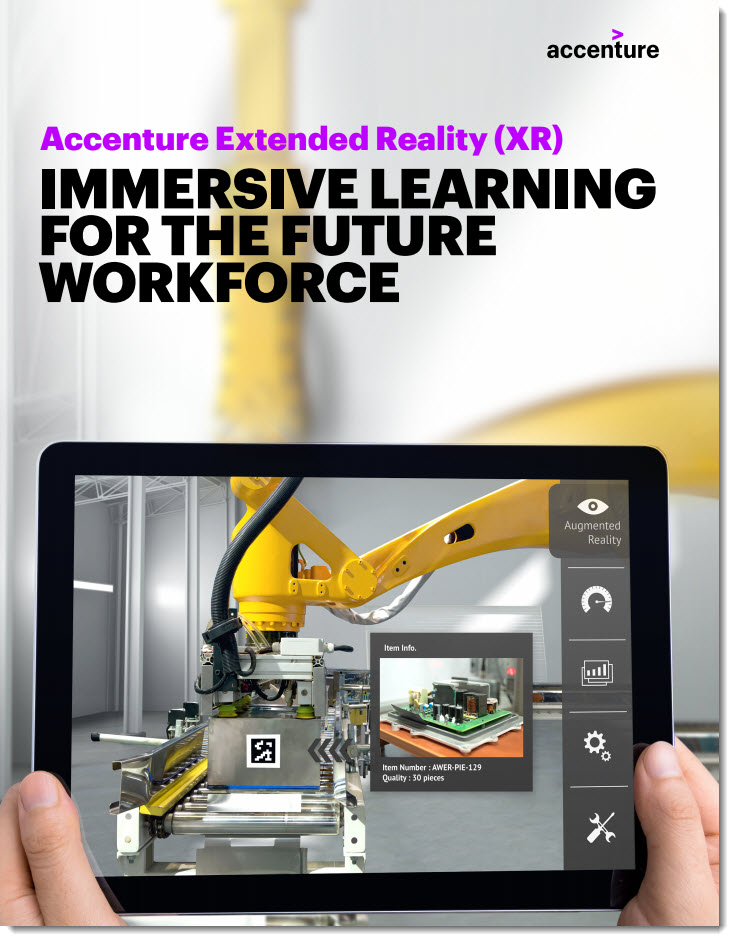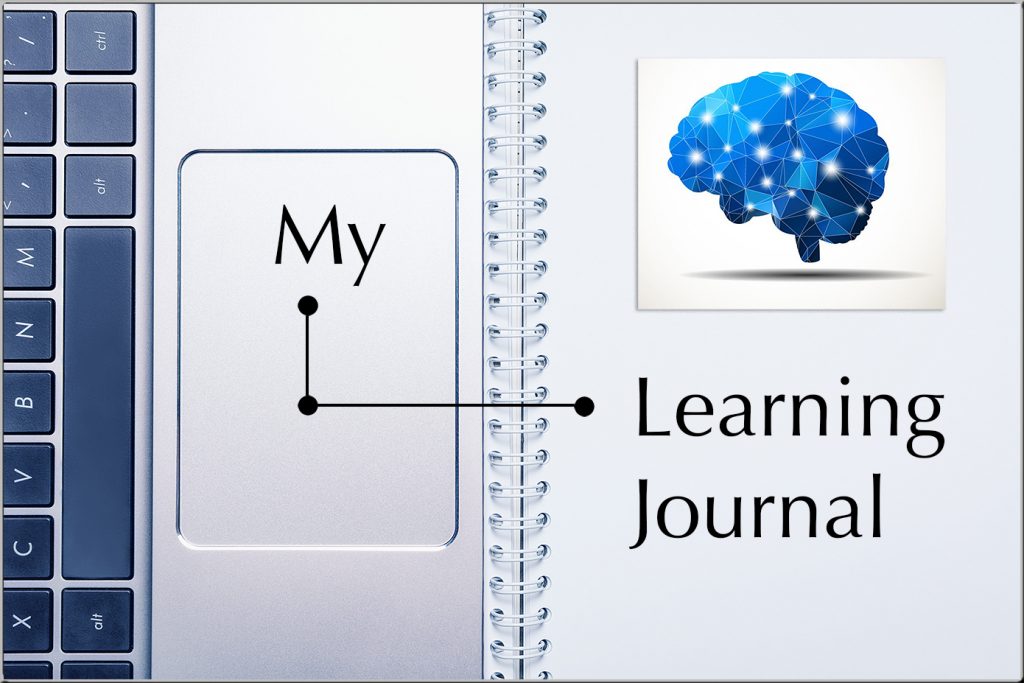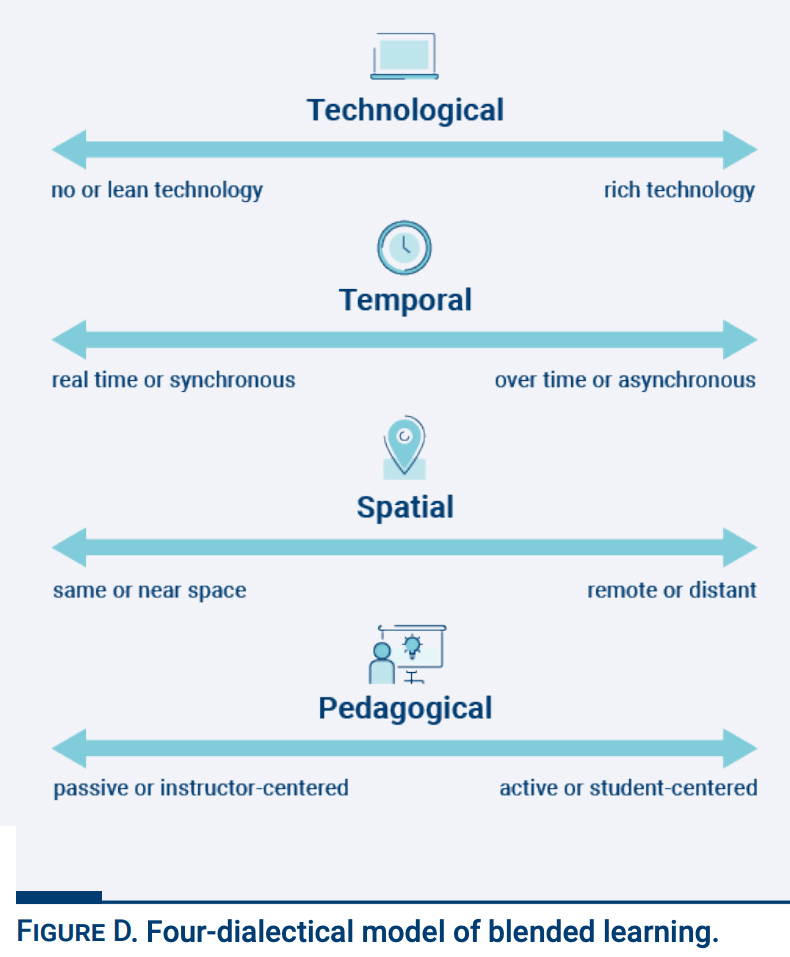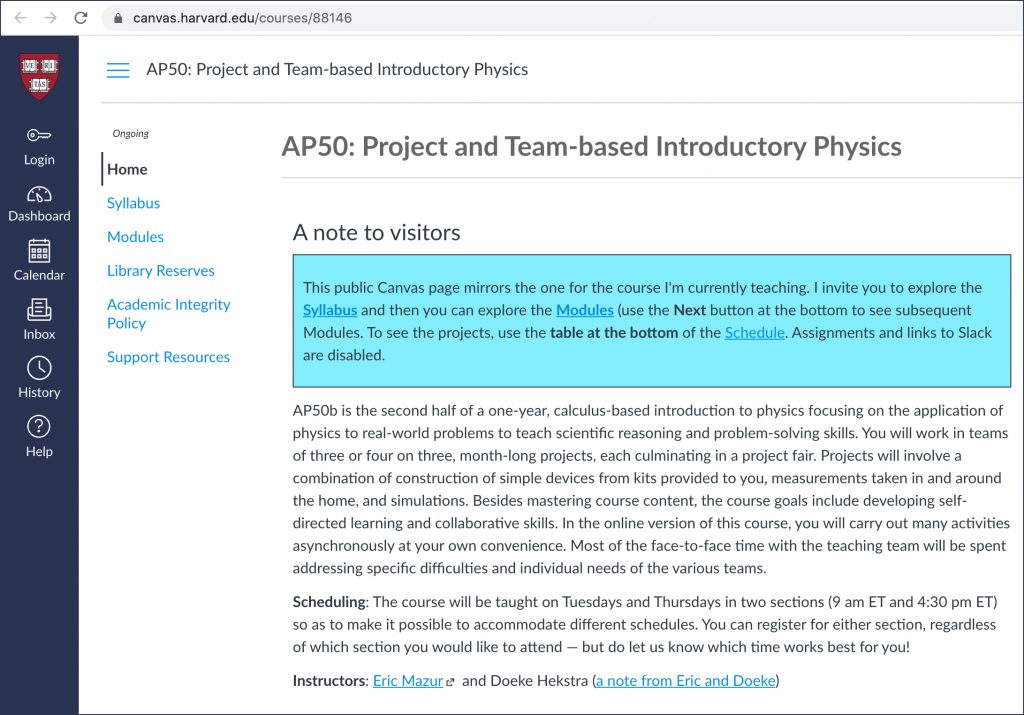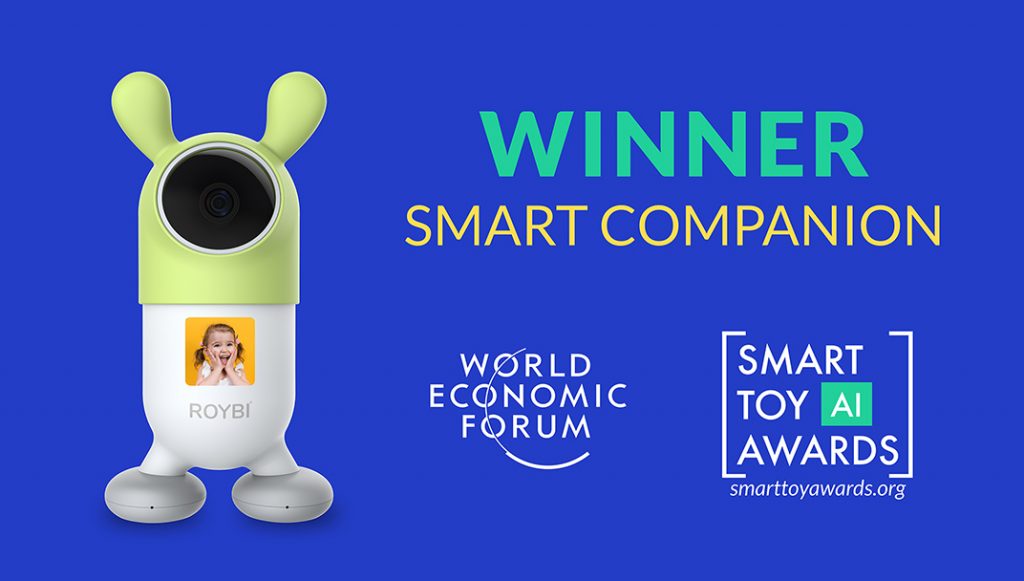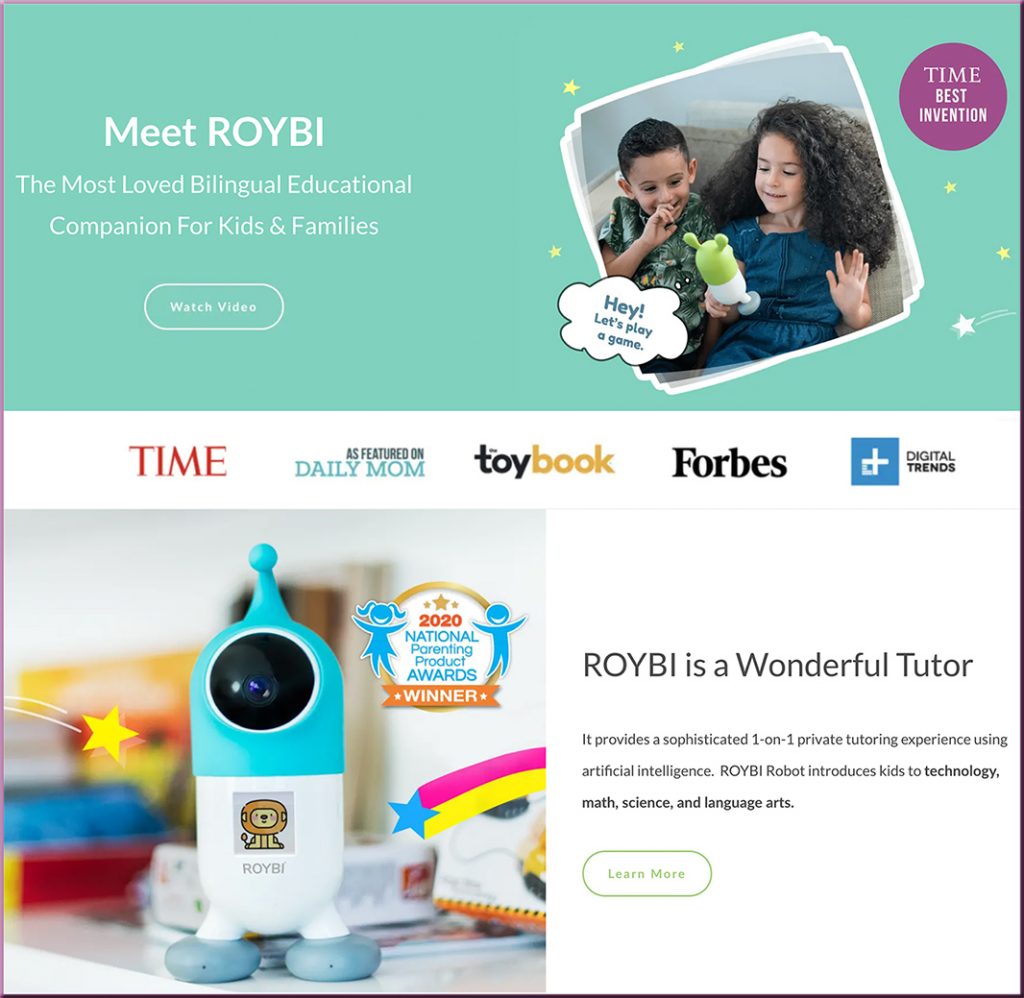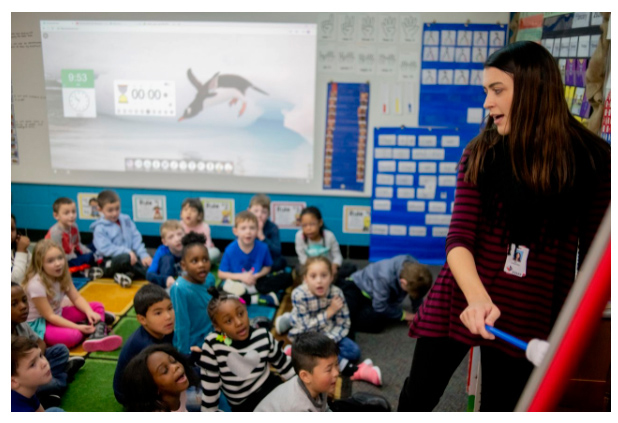Global EdTech Funding 2021 – Half Year Update — from holoniq.com
A record half year in EdTech funding with 568 rounds raising $10B of investment as, ready or not, the world turns to technology to support learning and education delivery.
Coursera: The ‘Amazon’ Of Online Education May Grow By Magnitudes — from seekingalpha.com
Summary
- Increasing student dissatisfaction and declining enrollment suggest that many people are rethinking traditional methods of higher education.
- The historical value of universities is becoming defunct as the internet allows a more efficient, less expensive, and more accessible vector of transmitting knowledge.
- Innovative platforms like Coursera offer students a huge “marketplace” of high-quality courses far less expensive than those in traditional universities.
- Given Coursera’s minimal barriers to growth and its massive total addressable market, I would not be surprised to see its annual revenue rise by 10X or more within years.
- COUR may be one of the few recent IPOs which is actually trading below its fundamental fair value – subject to the assumption that online education will eventually supersede traditional models.
Accenture Extended Reality (XR)
Immersive learning for the future workforce
Planning for a blended future: A research-driven guide for educators — from everylearnereverywhere.org by Every Learner Everywhere in partnership with Online Learning Consortium (OLC) & National Research Center for Distance Education and Technological Advancements (DETA)
Excerpt:
The purpose of this guide
This resource is a collaboration among the National Research Center for Distance Education and Technological Advances (DETA), the Online Learning Consortium (OLC), and the Every Learner Everywhere Network. It is designed to serve as a resource for educators — faculty, instructors, instructional staff, instructional improvement staff, instructional designers, learning experience designers and developers, technological support staff, and other stakeholders — to guide strategic planning for blended learning courses and programs.
Therefore, blended learning is instruction that blends technological, temporal, spatial, and pedagogical dimensions to create actualized learning. Students feel they are successful when they actually learn and that does not always equate to grade and course completion.
KEY IDEAS
- Designing courses to meaningfully integrate the different environments and temporal cadence (online and onsite, live and overtime) while incorporating an active learning approach can improve student outcomes in blended and hybrid courses.
- Faculty must become guides for students and their engagement by intentionally and strategically using a variety of modalities to scaffold learning.
- By designing and scaffolding blended courses effectively, faculty can avoid the common pitfall of course and-a-half-syndrome, which occurs when the online portion of a course is tacked on, creating busywork for students.
Microcredential programs on the rise in Canada — from by Sharon Aschaiek; with thanks to Amrit Ahluwalia for this resource out on LinkedIn
Low rates of awareness about microcredentials by prospective students and employers remains a challenge.
Excerpt:
A new report on current views about microcredentials in Canada reveals a majority of higher education institutions are keen to create these concise, competency-focused upskilling programs, and many say the COVID-19 pandemic has made them even more relevant.
Released by the Higher Education Quality Council of Ontario (HEQCO) earlier this month, “Making Sense of Microcredentials” reveals what this emerging training trend means from the perspectives of three key stakeholder groups: universities and colleges, prospective students and employers. The 32-page descriptive research report is based on the results of a literature review, 44 interviews (17 with postsecondary schools), and 2,362 surveys, which included 161 representatives from 105 postsecondary institutions, including 41 universities.
Along these lines, see:
Mapping Out a ‘Credential As You Go’ Movement For Higher Education — from edsurge.com by Rebecca Koenig
Excerpt (emphasis DSC):
A new initiative called “Credential As You Go” aims to shift this status quo by making it easier for students and workers to earn recognition for their learning—in increments smaller than the colossal college degree.
Its goals include creating a national credentialing system designed around what the journey through higher education and job training actually looks like for many people: intermittent, nonlinear and unpredictable.
Also along the lines of keeping things brief, see:
- Leading the Way for Microlearning? Assess the Barriers — from learningsolutionsmag.com











